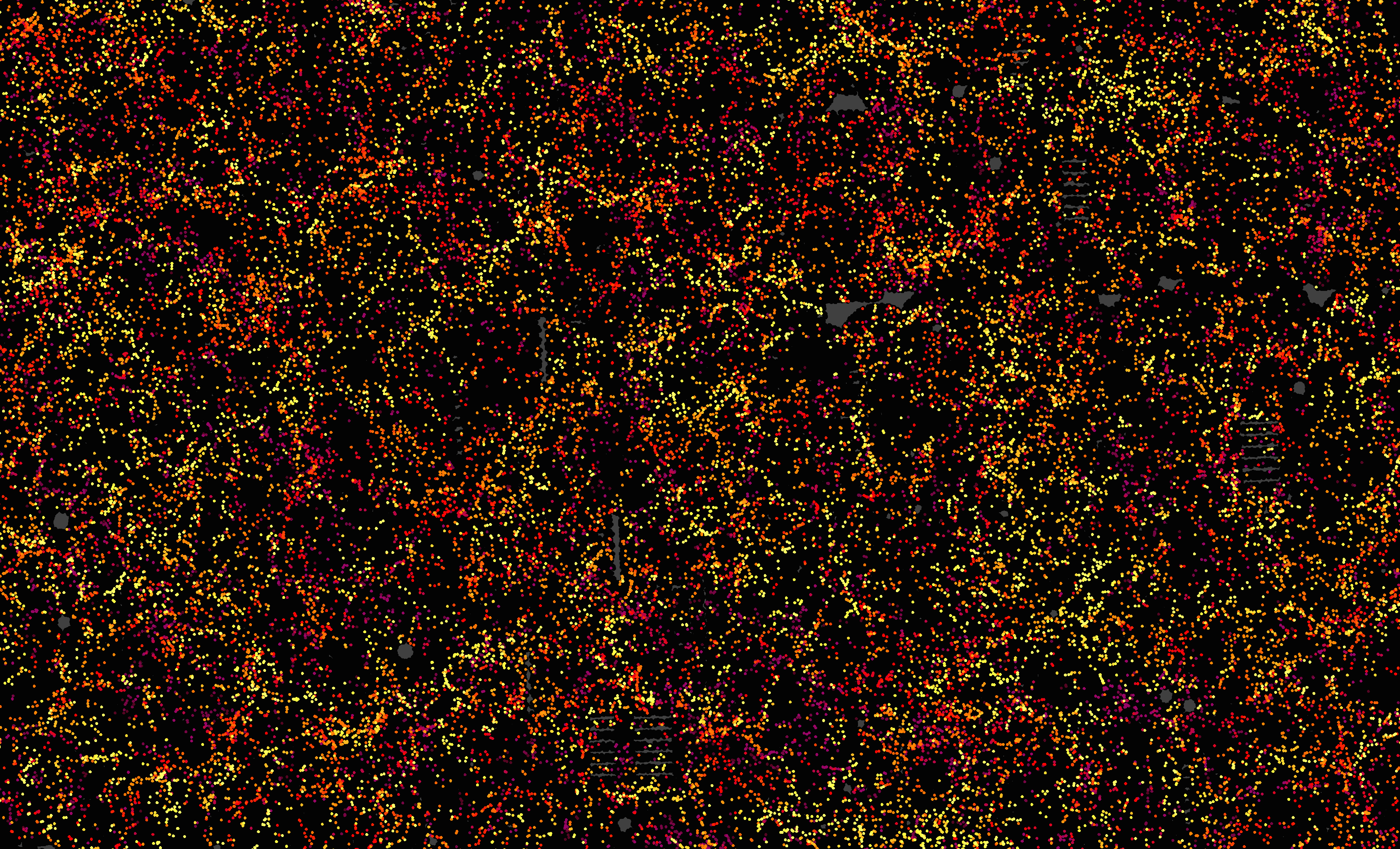A record breaking number of galaxies far, far away have been mapped by starry eyed boffins somewhat closer to home.
The international team of astronomers, co-led by Dr Rita Tojeiro of the University of St Andrews, have produced the largest ever, three-dimensional map of the universe, using distant galaxies.
Hundreds of scientists from the Sloan Digital Sky Survey III collaborated to make the map, and then used it to create one of the most precise measurements yet of the dark energy currently driving the expansion of the universe.
Dr Tojeiro said: “Over the last decade we have prepared and conducted the largest survey of the universe yet.”
Some 1.2 million galaxies over one quarter of the sky, were used to map the 3D structure of the universe over a volume of 650 cubic billion light years.
“Using this map we were able to make some of crispest measurements yet of how dark energy is driving the expansion of the universe,” he added.
These new measurements were carried out by the Baryon Oscillation Spectroscopic Survey (BOSS) of SDSS-III.
Shaped by a continuous tug-of-war between dark matter and dark energy, the map allows astronomers to measure the expansion rate of the universe and so determine the amount of matter and dark energy which exists.
A collection of papers describing these results was submitted this week to the monthly notices of the Royal Astronomical Society.
Dr Florian Beutler of University of Portsmouth, who led two of the papers submitted, said: “If dark energy has been driving the expansion of the universe over that time, our map tells us that it is evolving very slowly if at all.
“The change is at most 20% over the past seven billion years.”









